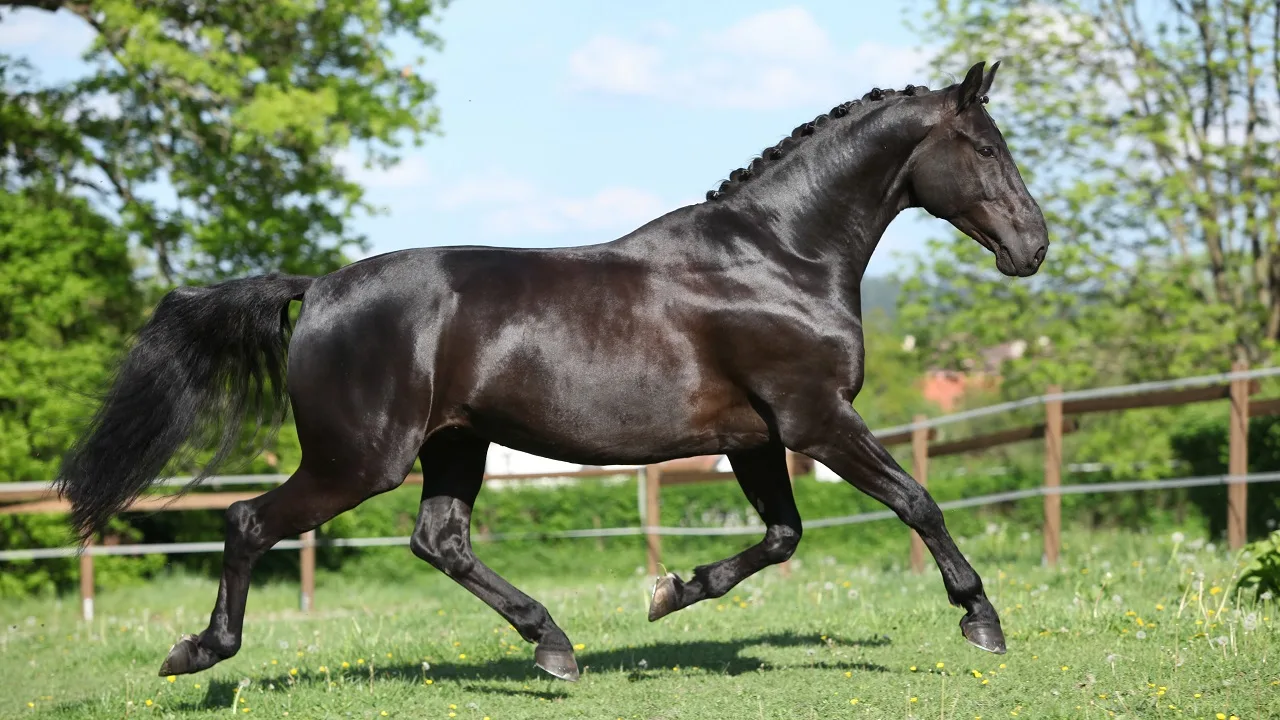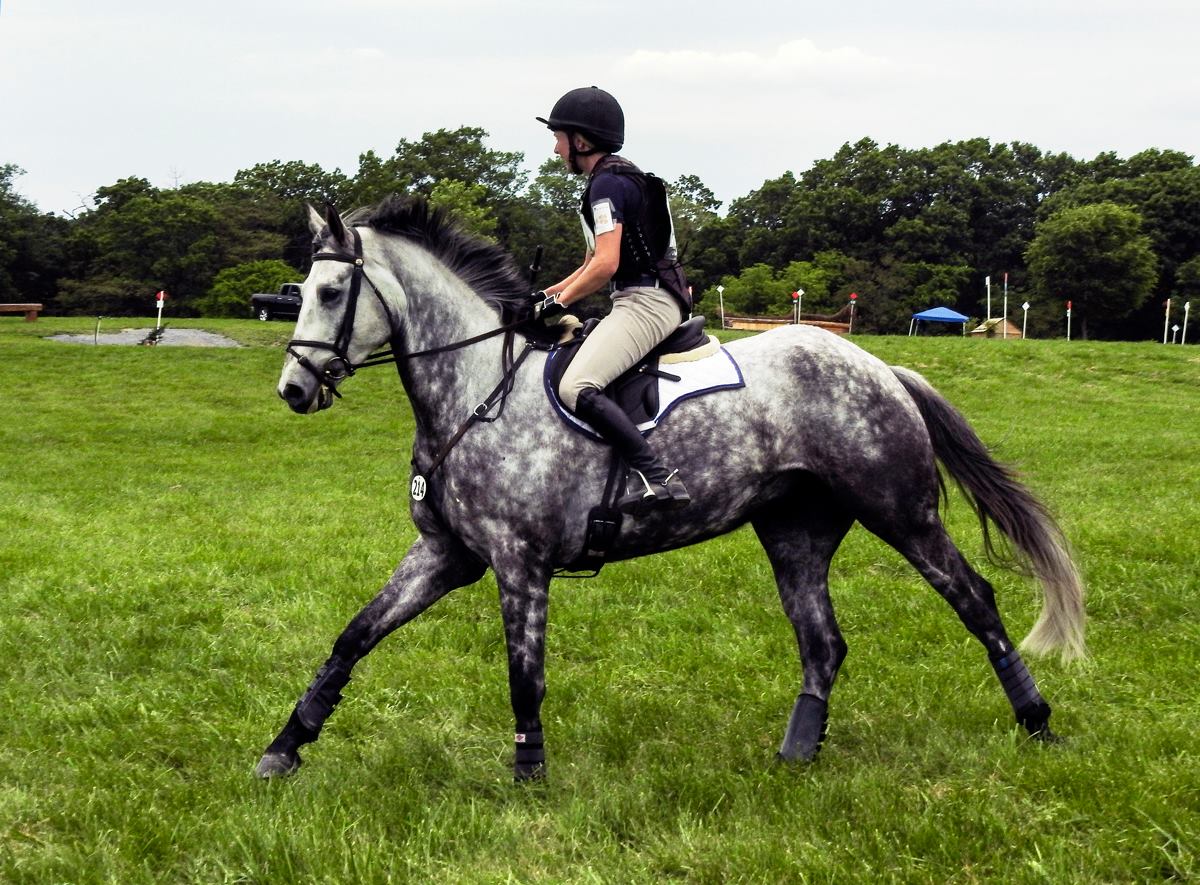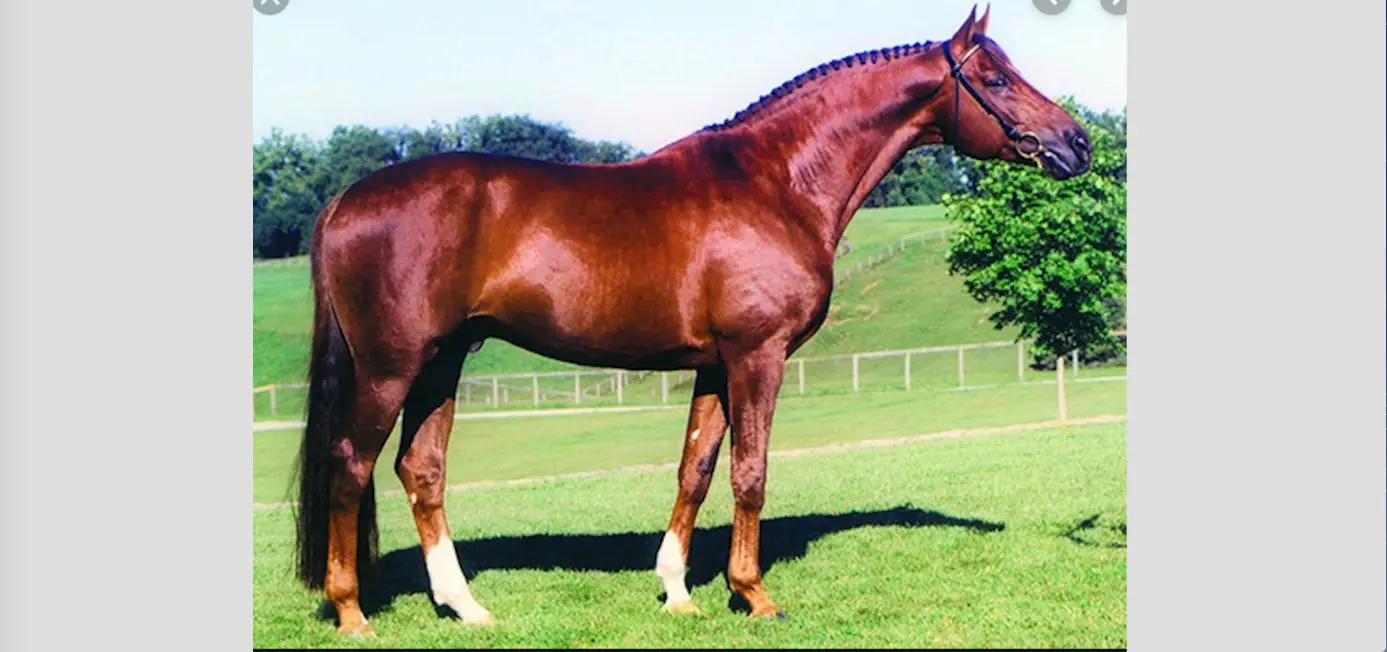The equine world is diverse, encompassing a wide range of breeds each with their own unique traits. Among these, the warmblood horse stands out as a versatile and highly sought-after type for equestrian sports. Not quite the light racehorses nor the heavy draught horses, warmbloods strike a balance with attributes that make them exceptional athletes and companions.
Warmblood Horse Origin and History

The term ‘warmblood’ is steeped in history, tracing back to a time when horses were categorized by their blood temperature. The warmblood horse origin lies in Europe, where they were developed by crossing local mares with Oriental and later, African horses. This breeding strategy aimed to create horses that were larger and more robust than their hot-blooded ancestors yet more refined than cold-bloods, resulting in animals adept for both farm work and cavalry use. As time progressed, these horses were further refined to excel in competitive sports.
Defining Characteristics of Warmblood Horses

Physical Traits
- Athletic build
- Well-proportioned body
- Powerful hindquarters
- Height typically 16-17 hands
Warmblood horse characteristics are a blend of strength and elegance. They often exhibit a harmonious build with a well-proportioned body, powerful hindquarters, and a graceful neck. Their height typically ranges from 16 to 17 hands, making them neither too imposing nor too petite for various disciplines. Their coat colors vary widely, with bay, gray, chestnut, and black being common.
Warmblood Horse Temperament
When it comes to temperament, these horses are often celebrated for their calm and trainable nature. The warmblood horse temperament is appreciated for being steady yet responsive, making them suitable for both amateur riders and professional competitors. Their intelligence and willingness to work partner with an even-keeled disposition, establishing them as a favorite among riders of all levels.
Warmblood Breeds and Registries

Popular Warmblood Breeds
Several warmblood breeds have gained prominence in the equine community due to their success in competitive sports. Notable among these are the Dutch Warmblood, Hanoverian, Holsteiner, Oldenburg, and the Westphalian. Each breed has its own unique qualities but shares the core warmblood characteristics that make them outstanding performers.
Warmblood Horse Registry and Documentation
The integrity of warmblood bloodlines is maintained through meticulous documentation and selective breeding practices. A warmblood horse registry typically operates within specific breed standards, ensuring that each registered animal upholds the breed’s quality and capabilities. These registries often require proof of pedigree and may conduct inspections to evaluate the horses’ conformation and abilities.
Warmbloods in Equestrian Sports

Dressage Horses
In the world of dressage, warmbloods are particularly revered. Their natural balance, cadence, and ability to perform complex movements with grace make them ideal dressage horses. Their trainability allows riders to reach high levels of precision and artistry in this demanding discipline.
Show Jumping Horses
Warmbloods also excel as show jumping horses. Their powerful hindquarters provide the necessary thrust for clearing high jumps, while their agility and speed allow them to navigate courses with efficiency. A warmblood’s keen sense of focus and adaptability to rider cues contributes greatly to their success in show jumping arenas.
Other Sport Horse Types
Beyond dressage and show jumping, warmbloods are adaptable to a variety of sport horse types. They are commonly seen in eventing, combined driving, and even endurance riding. Their versatility is a testament to the thoughtful breeding practices that have honed their athleticism and durability.
Warmblood Versus Thoroughbred

Comparing Characteristics
When evaluating warmblood versus thoroughbred horses, one will notice distinct differences. Warmbloods are generally more muscular with a calmer disposition, whereas thoroughbreds are leaner and often more spirited due to their racing background. These physical and temperamental differences influence their suitability for different equestrian disciplines.
Performance in Equestrian Sports
In the realm of performance, while both breeds excel, they often do so in different sports. Thoroughbreds are renowned for their speed and stamina on the racetrack, while warmbloods are more commonly associated with success in show jumping, dressage, and other equestrian sports that require a combination of power, precision, and a cooperative attitude.
Buying a Warmblood Horse

What to Consider
When buying a warmblood horse, several factors should be taken into account. Prospective buyers should consider the horse’s pedigree, health, training level, and intended use. It’s also crucial to assess the compatibility between the rider’s skill level and the horse’s temperament and training.
If you’re expanding your knowledge about different types of horses, you may be curious about warmbloods. In our article on What Is A Warmblood Horse, you’ll discover the unique characteristics that define this group of horses. To broaden your equine understanding further, explore our other articles on what a gelding horse is, learn about the distinct patterns of a pinto horse, and understand the early stages with our piece on what a foal is. Each of these articles offers valuable insights into the diverse world of horses.
Where to Find Warmblood Horses for Sale
Warmblood horses for sale can be found through various channels, including breed-specific farms, sport horse auctions, and online equine sales platforms. It is recommended to engage a reputable breeder or agent and to conduct a pre-purchase examination by a qualified veterinarian to ensure the horse’s health and suitability for the buyer’s needs.
In conclusion, the warmblood horse is a distinguished member of the equine family, offering a blend of athleticism, beauty, and a cooperative spirit. Their storied past, coupled with their modern-day achievements in equestrian sports, cements their status as a beloved and respected breed in the horse community.



